Experts have searched for decades for a polygon that only makes non-repeating patterns. But no one knew it was possible until now.
Category: mathematics – Page 79
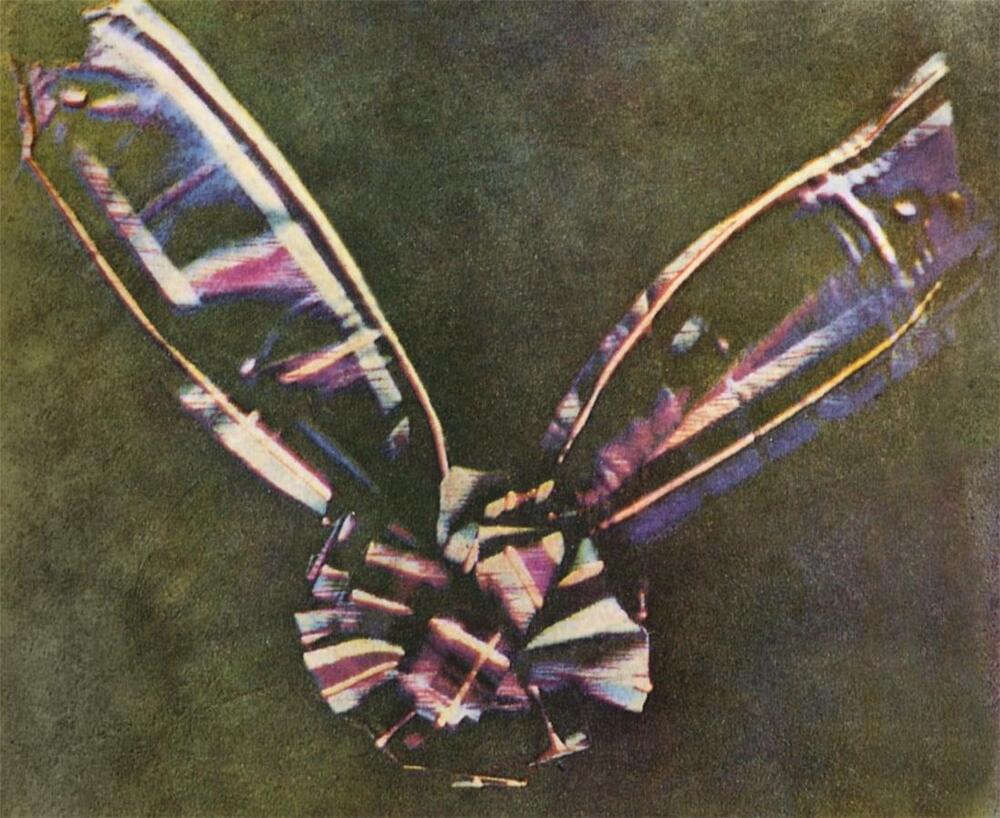
James Clerk Maxwell’s Big Idea: A History of Our Understanding of Light from Maxwell to Einstein
An hypothesized term to fix a small mathematical inconsistency predicted electromagnetic waves, and that they had all the properties of light that were observed before and after him in the Nineteenth Century. Unwittingly, he also pointed science inexorably in the direction of the special theory of relativity
My last two articles, two slightly different takes on “recipes” for understanding Electromagnetism, show how Maxwell’s equations can be understood as arising from the highly special relationships between the electric and magnetic components within the Faraday tensor that is “enforced” by the assumption that the Gauss flux laws, equivalent to Coulomb’s inverse square force law, must be Lorentz covariant (consistent with Special Relativity).
From the standpoint of Special Relativity, there is obviously something very special going on behind these laws, which are clearly not from the outset Lorentz covariant. What i mean is that, as vector laws in three dimensional space, there is no way you can find a general vector field that fulfills them and deduce that it is Lorentz covariant — it simply won’t be so in general. There has to be something else further specializing that field’s relationship with the world to ensure such an in-general-decidedly-NOT-Lorentz covariant equation is, indeed covariant.
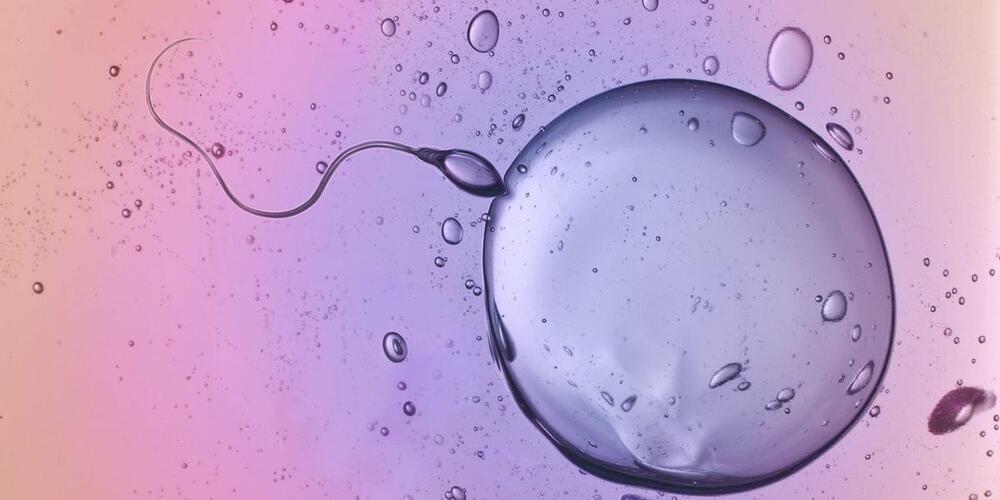
Scientists discover that sperm can ‘defy the laws of physics’
Sperm can “defy the laws of physics”, according to new research.
The laws of motion have helped us to comprehend the behaviours of the natural world for centuries, but sperm appears to go against one of the laws set down by Isaac Newton.
Kenta Ishimoto and his fellow mathematical scientists from Kyoto University have revealed new research which suggests that sperm actually display qualities which don’t follow Newton’s third law of motion.
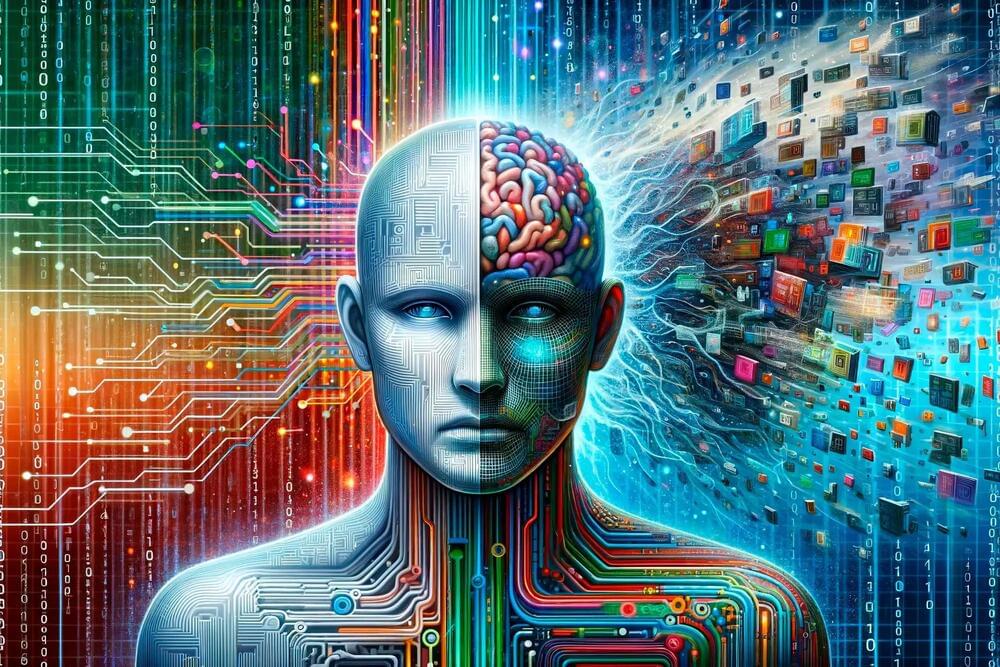
The Illusion of Understanding: MIT Unmasks the Myth of AI’s Formal Specifications
Some researchers see formal specifications as a way for autonomous systems to “explain themselves” to humans. But a new study finds that we aren’t understanding.
As autonomous systems and artificial intelligence become increasingly common in daily life, new methods are emerging to help humans check that these systems are behaving as expected. One method, called formal specifications, uses mathematical formulas that can be translated into natural-language expressions. Some researchers claim that this method can be used to spell out decisions an AI will make in a way that is interpretable to humans.
Research Findings on Interpretability.
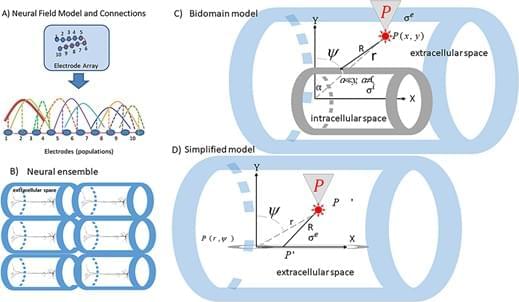
In vivo ephaptic coupling allows memory network formation
It is increasingly clear that memories are distributed across multiple brain areas. Such “engram complexes” are important features of memory formation and consolidation. Here, we test the hypothesis that engram complexes are formed in part by bioelectric fields that sculpt and guide the neural activity and tie together the areas that participate in engram complexes. Like the conductor of an orchestra, the fields influence each musician or neuron and orchestrate the output, the symphony. Our results use the theory of synergetics, machine learning, and data from a spatial delayed saccade task and provide evidence for in vivo ephaptic coupling in memory representations.

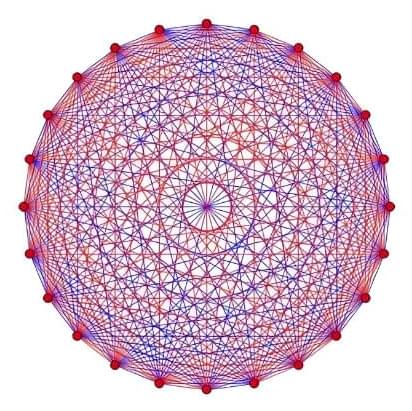
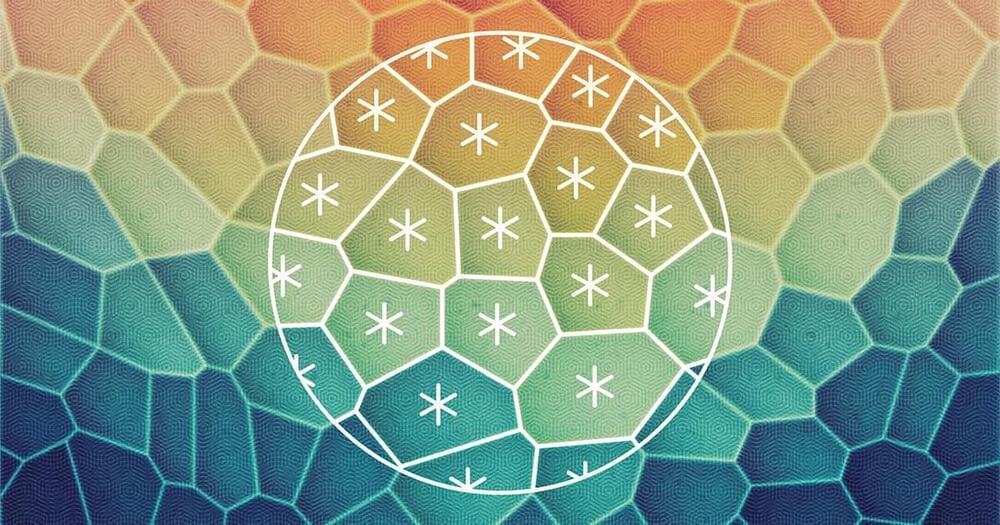
Biophysicists Uncover Powerful Symmetries in Living Tissue
Julia Eckert, biophysicist at the University of Queensland, recently uncovered nested forms of symmetry in mammalian tissues. This work is bringing the powerful math of fluid dynamics to the messy world of biology.
After identifying interlocking symmetries in mammalian cells, scientists can describe some tissues as liquid crystals — an observation that lays the groundwork for a fluid-dynamic theory of how tissues move.
Isaac Asimov Predicts The Future In 1982. Was He Correct?
Dr. Isaac Asimov was a prolific science fiction author, biochemist, and professor. He was best known for his works of science fiction and for his popular science essays. Born in Russia in 1920 and brought to the United States by his family as a young child, he went on to become one of the most influential figures in the world of speculative fiction. He wrote hundreds of books on a variety of topics, but he’s especially remembered for series like the “Foundation” series and the “Robot” series.
Asimov’s science fiction often dealt with themes and ideas that pertained to the future of humanity.
The “Foundation” series for example, introduced the idea of “psychohistory” – a mathematical way of predicting the future based on large population behaviors. While we don’t have psychohistory as described by Asimov, his works did reflect the belief that societies operate on understandable and potentially predictable principles.
Asimov’s “Robot” series introduced the world to the Three Laws of Robotics, which are:
A robot may not injure a human being or, through inaction, allow a human being to come to harm.
A robot must obey the orders given it by human beings, except where such orders would conflict with the First Law.
A robot must protect its own existence as long as such protection does not conflict with the First or Second Law.
These laws have been influential in discussions about robot ethics and the future of AI, even though they are fictional constructs.
Like many futurists and speculative authors, Asimov’s predictions were a mix of hits and misses.
Hits: He anticipated the rise of computer networks and something resembling the internet. He also foresaw the idea of robotic assistants and many issues that would arise with automation and the changing nature of work.
Misses: Some of Asimov’s predictions, like many other futurists’, were either too optimistic in terms of timeframes or overestimated certain societal shifts. For example, while he predicted a rise in automation, some of the specifics (like how society would handle the transition) have been more complex than he foresaw.
Here is another video I made on futurists — https://youtu.be/EtRBw00WjkY
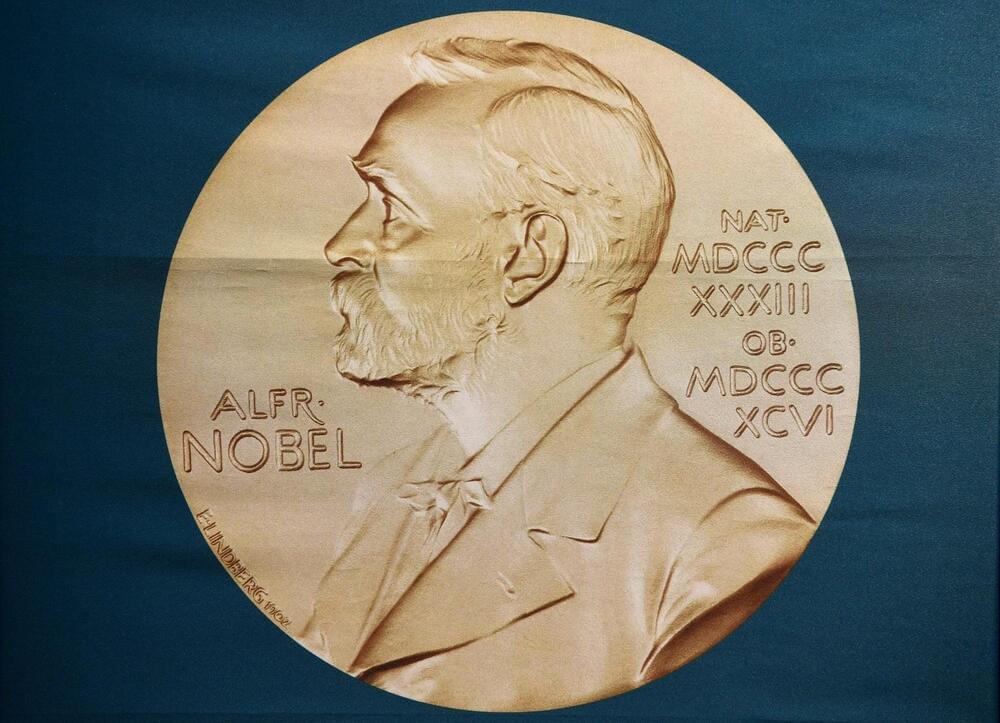
Will There Be A Nobel Prize For AI?
The Nobel Awards Season just ended, with the “Oscars of Science” awarded to some of the world’s brightest minds. The entire science world was watching, and just like with the Oscars, there was an element of suspense, drama, envy, celebration, and happiness. Most of the Nobel Laureates are also phenomenal speakers and communicators with decades of teaching experience, and thousands of people across the world are glued to their monitors to hear their inspiring stories. The Nobel Prizes are awarded in Physics, Chemistry, Physiology or Medicine, Literature, Peace, and Economic Sciences. Unfortunately, there is no Nobel Prize for Computer Science, Mathematics, or Engineering. So, it seems like it… More.
While there is no Nobel Prize for AI, Jumper and Hassabis may be the frontrunners for a Nobel Prize in Chemistry for their discovery of AlphaFold.